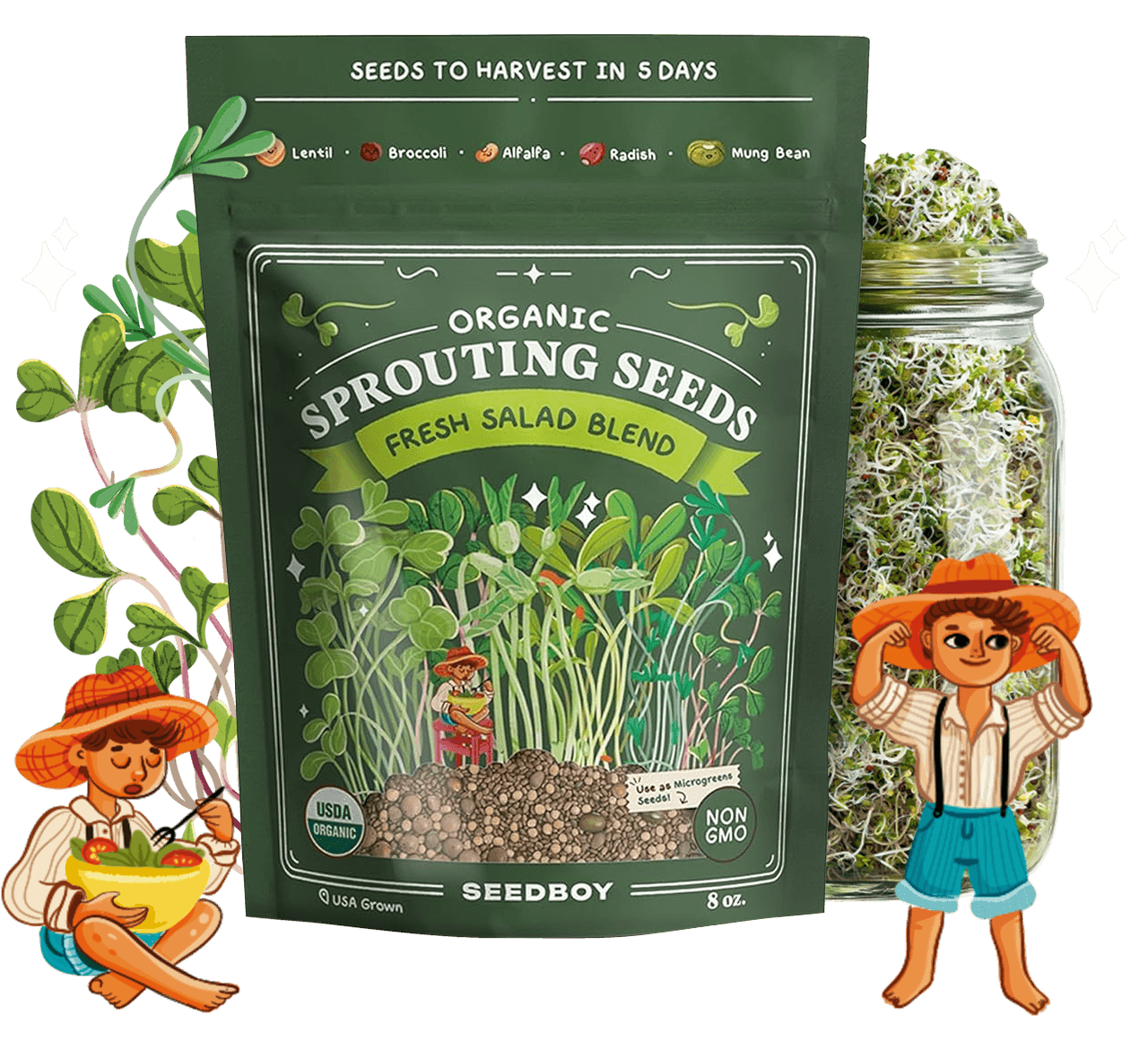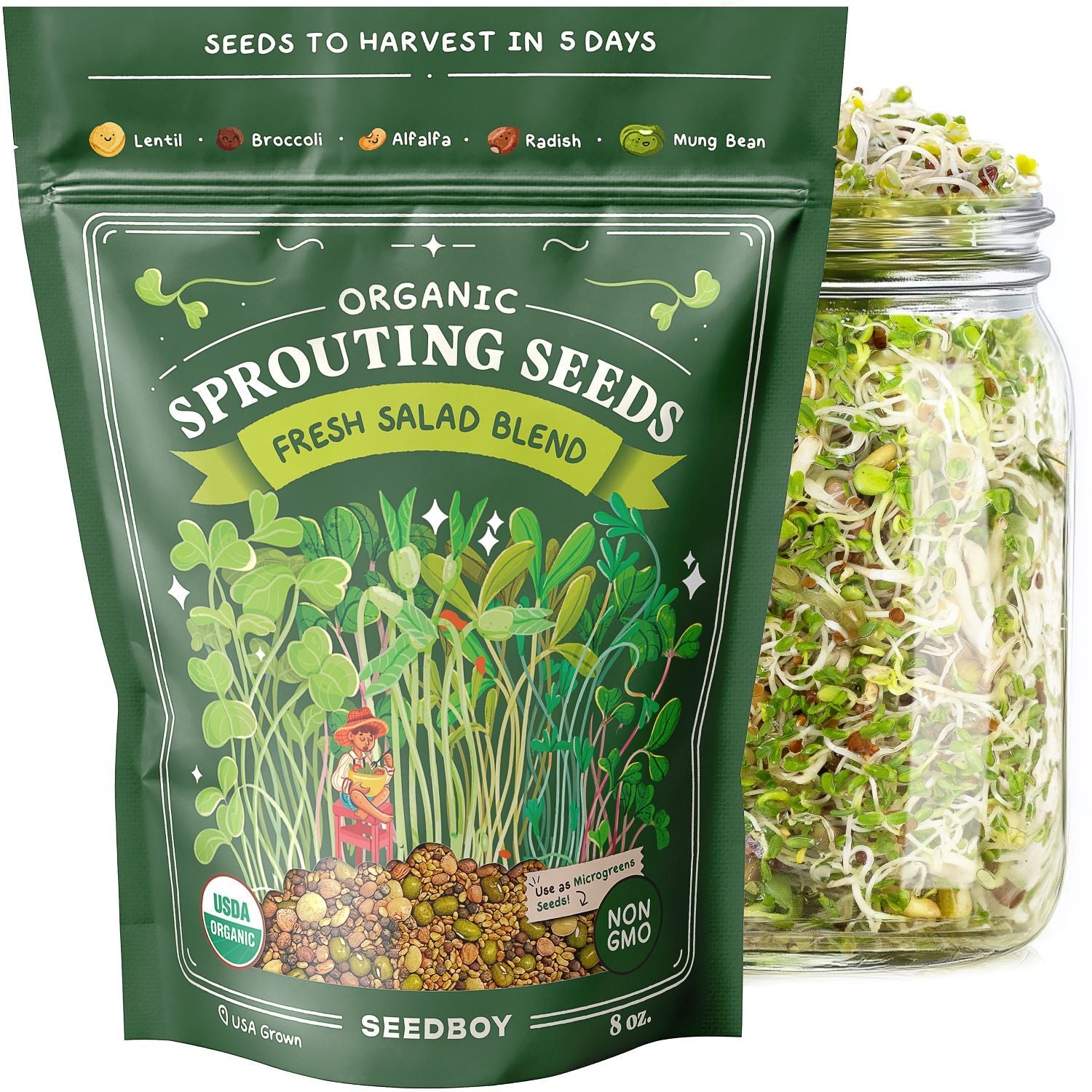
GROW GUIDE
Rainbow Cherry Tomatoes
Solanum lycopersicum var. cerasiforme
Plant Description

Cherry Tomatoes
A vibrant fruit known for its round, glossy skin in shades of red, purple, orange, or yellow, often firm to the touch with a juicy interior.
These small, sweet tomatoes, originally hailing from the Andes, offer a burst of bright, tangy flavor that enhances salads, pastas, and snacks with a pop of color and freshness.
Quick Facts:
-

Sun Requirements
Full Sun
-

Days To Sprout
5-12 Days
-

Days To Harvest
55-80 Days
-

Plant Spacing
18-24"
-
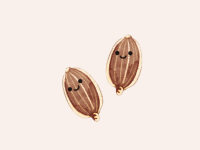
Seeds Per Hole
2
-

Planting Depth
1/4"
Best Planting Locations
-

Sunny Garden Beds
Provide cherry tomatoes with ample direct sunlight, ideal for vibrant growth and fruit production.
-

Raised Beds
Offer well-draining soil, allowing roots to develop freely and support healthy, bushy plants.
-

Sunrooms
Enjoy growing year round by controlling the temperature, humidity, and added grow light to replicate summer sun.
-

Containers
Perfect for patios or balconies, enabling easy mobility and tailored soil mixes for nutrient control.
Getting Started
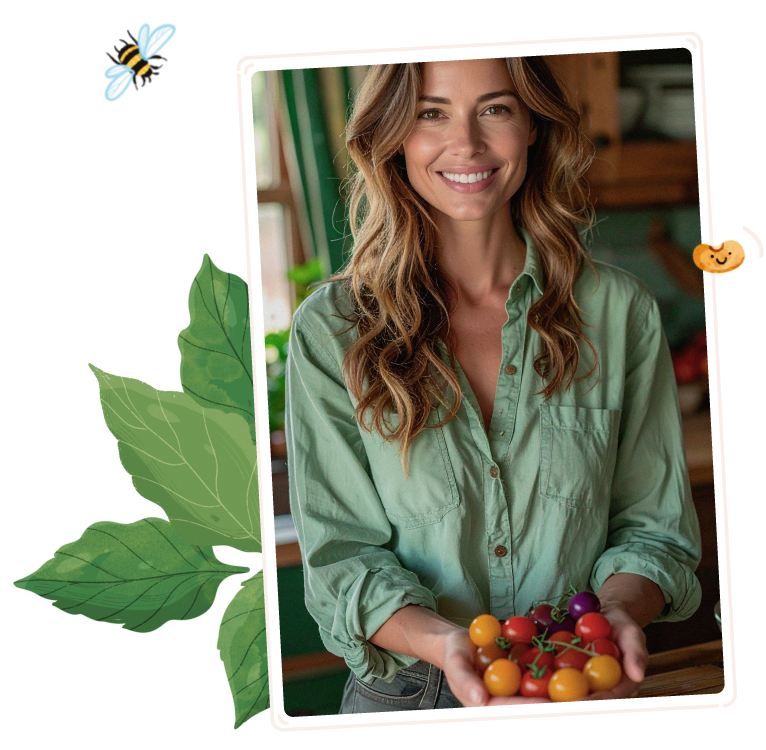
-
1
Find the Spot
Cherry tomatoes thrive in warmth and sunlight. Choose a sunny spot that gets at least 6-8 hours of direct sunlight each day. Indoors, a south-facing window or supplemental grow lights work best for healthy, productive plants.
-
2
Prep the Soil & Fertilizer
Use well-draining, slightly acidic, nutrient-dense soil. These plants benefit from rich soil, so mix in organic matter like compost before planting. For steady growth, use a high phosphorus, slow-release fertilizer at planting time and after fruiting begins.
-
3
Plant the Seeds
Plant 2 seeds about 1/4 inch deep in pots or directly in the garden. Keep the soil consistently moist, but not waterlogged, during germination, and ensure they receive ample light. Maintain a soil temperature between 70° and 80°F for optimal germination.
Once the seedlings have 2-3 true leaves and are large enough to handle, thin or transplant them, spacing them 18-24 inches apart to allow room for growth. If using cages, stakes, or a trellis, spacing can be reduced slightly to 12-18 inches.
Good Neighbors:
-

Marigold:
Deters harmful insects such as nematodes and tomato hornworms
-
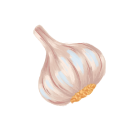
Garlic:
Its strong odors repel various pests and protect tomatoes from insects like aphids and moths
-

Basil:
Basil enhances the flavor of tomatoes, and its strong scent masks their smell, repelling pests like aphids and spider mites
-
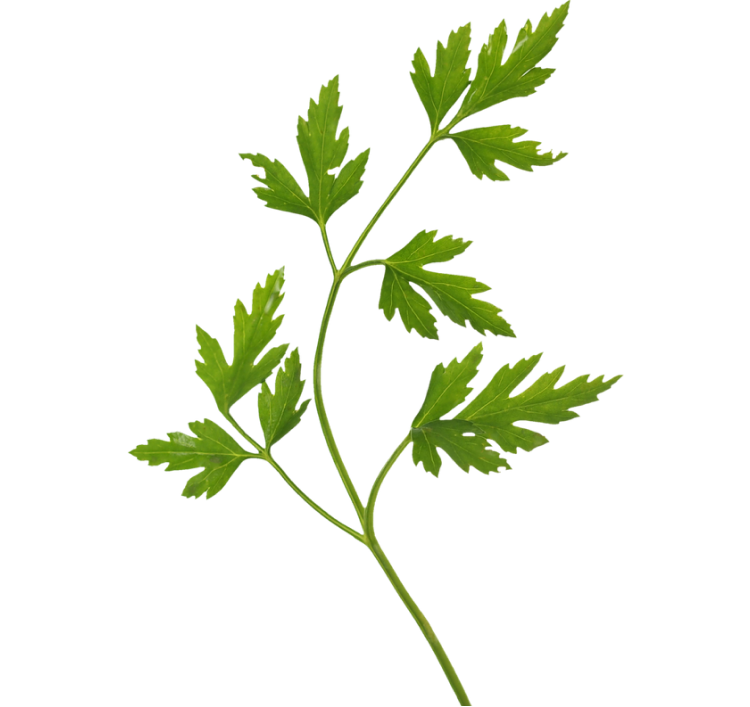
Parsley:
Attracts hoverflies that feed on harmful pests like aphids
Enemy Plants:
-

Broccoli & Fennel:
Can inhibit tomato growth
-
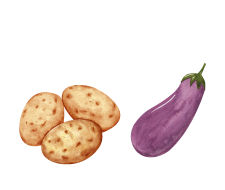
Potato & Eggplant:
Susceptible to blight diseases that can also affect tomatoes
Attractants:
-
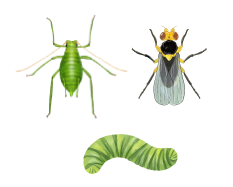
Tomato Hornworms, Aphids & Leaf Miners
Feed on tomato plants
Repellents:
-
No known repellents
Best Time to Plant
USDA Hardiness Zones

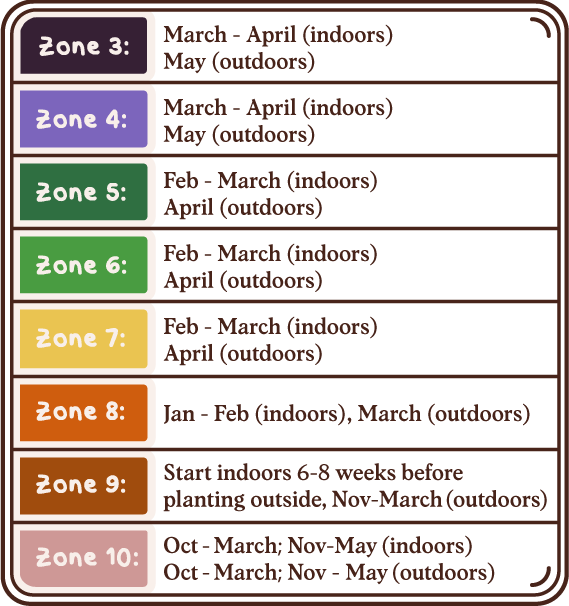
Day to Day Maintenance
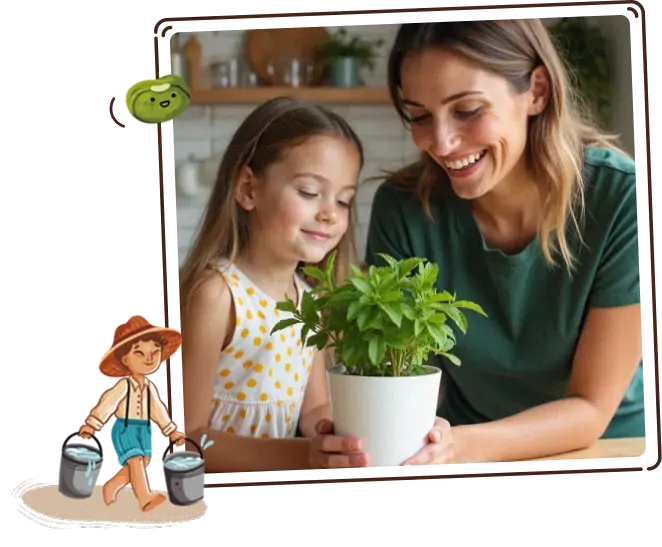
-
Watering
Water consistently, keeping the soil evenly moist but never soggy. Determinate varieties tend to produce fruit all at once, so even moisture is key to prevent issues like cracking. Avoid wetting the leaves to reduce fungal risk.
-
Pruning
When plants reach 12 inches, remove lower leaves to improve airflow and prevent disease. Prune sparingly to preserve flowers, as determinate tomatoes have a limited fruiting period.
The Harvest
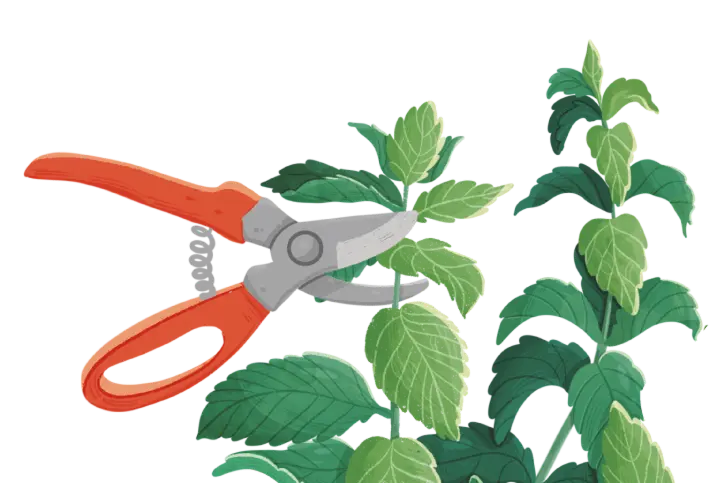
-
Gathering
Determinate cherry tomatoes tend to produce a single crop, requiring attention to timing. Harvest tomatoes when they reach their full color and detach easily with a gentle tug. Sample a taste to ensure it's sweet and juicy.
-
Twist and pull gently when picking to avoid bruising. Consider picking entire clusters and storing them "on the vine" until ready to use.
Favorite Uses
-
Snacking
-
Pasta
-
Salad
-
Bruschetta
-
Sauces


How to Store
-
Room Temperature
Duration: Up to one week
Location: Countertop away from direct sunlight
Method: Store unripe or slightly ripe cherry tomatoes stem side down in a single layer to prevent bruising. Keep at room temperature to maintain flavor and texture, as refrigeration can dull their taste.
-

Refrigeration
Duration: Up to one week
Location: Store in the refrigerator
Method: Once cherry tomatoes are fully ripe, you can refrigerate them to extend their shelf life. However, it’s best to let them return to room temperature before consuming for optimal flavor.
-

Pickling
Duration: Several months
Location: Cool, dark storage area
Method: Pack cherry tomatoes in a clean jar with herbs and spices of choice, then cover with a hot vinegar brine. Seal the jar and let it cool before storing in a dark, cool place for a few weeks to allow flavors to develop; refrigerate after opening.
-
Drying
Duration: Several months
Location: Warm, dry, and well-ventilated area out of direct sunlight
Method: Halve tomatoes and place them cut side up on a drying rack or use a food dehydrator. Once fully dried, store in an airtight container for long-term use in soups and pastas.
Fun Facts

-
Tiny Powerhouses
Cherry tomatoes are packed with vitamins A and C, fiber, and antioxidants like lycopene, making them a nutritious, bite-sized snack that’s as healthy as it is tasty.
-
Origin Story
Cherry tomatoes are native to the Andean region of South America, and are thought to have originated in Peru and Ecuador. They were likely first domesticated in the Puebla-Veracruz area of Mexico over 1,300 years ago.
-
Variety Show
There are many varieties of cherry tomatoes, including the popular Sweet 100, Sun Gold, and Black Cherry, each with unique colors and flavors.
-
Burst of Flavor
Cherry tomatoes are known for their sweet and juicy flavor. Their small size allows for a more concentrated taste compared to larger tomato varieties.
Subscribe to our Newsletter: "The Small Garden Chronicles"
Where curious growers gather for garden inspiration.
